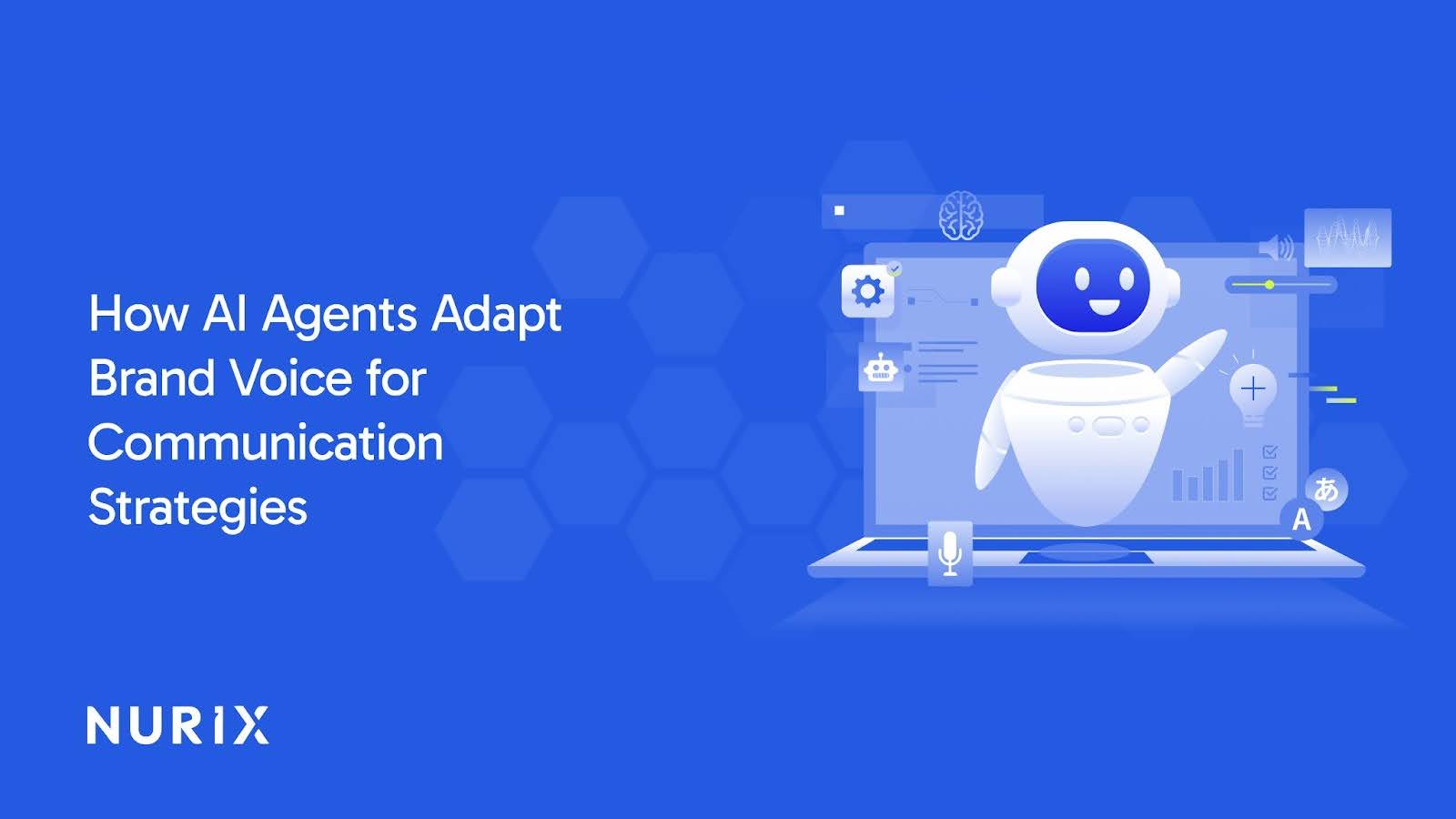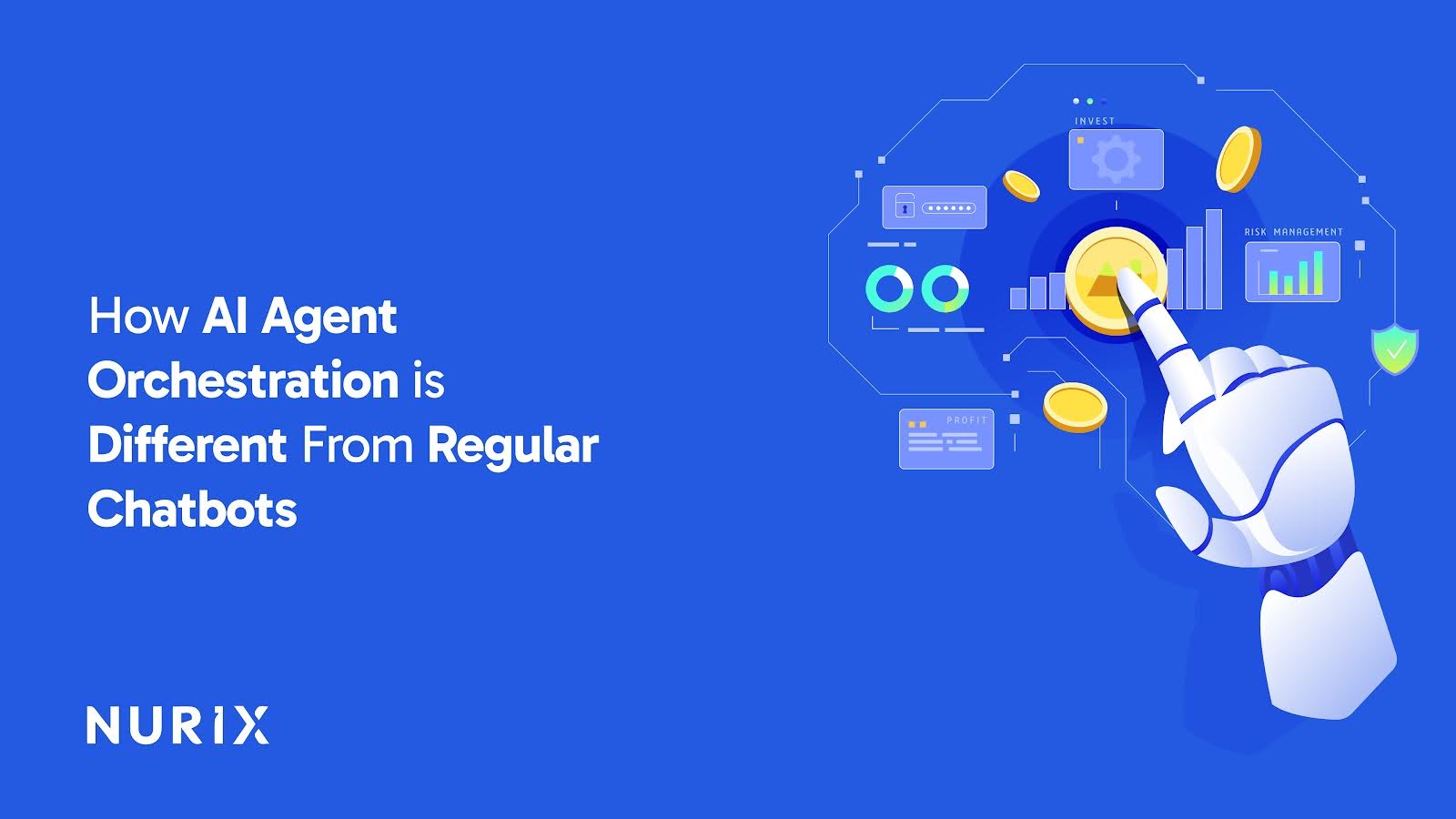Did you know that AI agents have the unique ability to learn and adapt from their interactions, just like humans? For instance, they can adjust their approach based on past experiences, fine-tuning their responses and improving over time. This allows them to tackle complex, dynamic challenges that traditional AI systems struggle with.
On the other hand, traditional AI systems are programmed to follow fixed, pre-set rules. They perform well in controlled environments but often fail to adapt when new, unforeseen situations arise, leading to inefficiency and missed opportunities. As businesses face increasingly unpredictable challenges, this static approach can become a major limitation.
In this blog, we’ll break down the essential differences between AI agents and traditional AI systems. We’ll explore:
- How each works, their strengths and weaknesses.
- Why understanding how AI agents differ from traditional AI systems is crucial for businesses looking to stay competitive in today’s fast-paced environment.
By the end, you’ll have a better understanding of which AI solution fits your needs and how the shift toward AI agents can help your business thrive in an ever-changing market.
What Are AI Agents?
AI agents are autonomous intelligent systems that interact with their environment, collect data, and independently perform tasks to achieve predetermined goals. Unlike traditional programs, AI agents make rational decisions based on their perceptions and available data, choosing the optimal actions without constant human intervention.
For example, a contact center AI agent can automatically question customers, retrieve information from internal documents, and either resolve queries itself or escalate to human operators as needed.
Types of AI Agents:
- Simple Reflex Agents: Operate based on predefined rules responding to specific conditions without considering past actions or future outcomes (e.g., automatic fraud detection systems that flag suspicious transactions).
- Model-Based Reflex Agents: Create internal models of their environment to consider past states when making decisions, allowing adaptation to changing conditions (e.g., inventory tracking systems that monitor stock levels and project future demand).
- Goal-Based Agents: Compare different approaches to achieve desired outcomes, always choosing the most efficient path for complex tasks like natural language processing and robotics.
- Utility-Based Agents: Use complex reasoning algorithms to maximize desired outcomes by comparing different scenarios and their respective benefits (e.g., flight ticket search optimizing for minimum travel time).
- Learning Agents: Continuously learn from previous experiences to improve results, adapting their learning elements over time based on sensory input and feedback mechanisms.
- Hierarchical Agents: Organized groups of intelligent agents arranged in tiers, with higher-level agents breaking down complex tasks for lower-level agents to execute independently.
To really get why AI agents matter, let's first break down what makes them different from the more familiar traditional AI systems. Here's a closer look at both.
What Are Traditional AI Systems?
Traditional AI systems, sometimes called symbolic, rule-based, or deterministic AI, are engineered to solve specific, well-defined problems by following explicit, pre-programmed rules or algorithms.
These systems excel at tasks where the environment is predictable and the objectives are clear, relying on structured, labeled data and logical reasoning to produce accurate, repeatable outcomes.
Core Types and Features of Traditional AI Systems
- Rule-Based Systems: Operate using “if-then” logic or explicit rules, making decisions based on fixed criteria (e.g., expert systems for medical diagnosis or fraud detection).
- Decision Trees: Use branching logic to classify data or make predictions, common in diagnostics and customer support automation.
- Supervised Learning Models: Trained on labeled data to recognize patterns and make predictions within a narrow scope (e.g., spam filters, image classifiers).
- Symbolic Reasoning Engines: Manipulate symbols and relationships to perform logical inference, often used in knowledge representation and automated reasoning.
- Deterministic Algorithms: Execute the same way every time given the same input, ensuring consistency and reliability for repetitive tasks (e.g., sorting, searching, or scheduling).
- Single-Turn Interaction: Process each query independently, without memory or context from previous interactions.
- No Autonomy or Initiative: Require explicit user prompts for every action and do not plan or execute tasks independently.
Traditional AI systems follow fixed rules to handle specific tasks, often in structured environments. In contrast, AI agents are more flexible, capable of adapting and learning from their interactions. Let’s look into how these key differences play out.
Key Differences: AI Agents vs. Traditional AI Systems
AI agents represent a significant leap from traditional AI systems, evolving from rule-based models to dynamic, decision-making entities that simulate human-like interactions. Unlike conventional AI, which typically follows pre-programmed instructions, AI agents adapt, learn, and act autonomously in complex environments.
Let’s explore the key distinctions between these two approaches.
AI agents are designed to learn, adapt, and make decisions autonomously, while traditional AI systems follow predefined instructions. Now, let’s take a look at how these differences play out in real-world applications.
AI Agents vs. Traditional AI: Use Cases
AI's potential is most visible when it’s put to work in real-world applications. While traditional AI shines in structured, repetitive tasks, AI agents are equipped to handle more complex, unpredictable challenges. Let’s look at how both systems are used across different industries.
AI agents offer dynamic, self-learning capabilities, while traditional AI systems are more rule-based and structured. Let’s explore how each one fits into specific business needs and help you decide which is right for your operations.
Which One Is Right for Your Business?
Choosing the right AI solution for your business hinges on understanding the unique demands of your operations and the capabilities of each system. While AI agents offer autonomy and adaptability, traditional AI systems excel in structured environments with clear tasks. Let’s break down which approach best suits your business needs.
- Business Complexity and Dynamism
- If your workflows are highly dynamic, involve unstructured data, or require real-time adaptation (e.g., logistics, customer support, or personalized marketing), AI agents offer significant advantages through autonomous AI decision-making and continuous learning.
- For predictable, rule-based processes (e.g., payroll, basic inventory management), traditional software provides reliability and control.
- Scalability and Flexibility
- AI agents excel at scaling across diverse tasks and integrating with multiple systems, adapting to new scenarios without manual reprogramming.
- Traditional software is optimal for well-defined, repetitive tasks but can become rigid and costly to adapt as business needs evolve.
- Cost and Resource Efficiency
- AI agents can reduce operational overhead by automating complex, multi-step workflows, potentially lowering long-term costs and opening up new value streams.
- Traditional software may have lower upfront complexity but often incurs ongoing costs for updates, maintenance, and manual interventions.
- User Experience and Interaction
- AI agents enable conversational, natural language interfaces, personalizing interactions and reducing reliance on traditional UIs.
- Traditional software typically relies on structured forms and menus, which can be less intuitive for complex or evolving user needs.
- Risk and Change Management
- AI agents introduce new challenges in oversight, explainability, and governance, making them better suited for organizations ready to invest in AI management and compliance frameworks.
- Traditional software offers predictability and easier regulatory compliance, making it preferable in highly regulated sectors or where transparency is paramount.
Choosing between AI agents and traditional AI systems depends on your business goals and the complexity of tasks you need to automate. Let’s explore why this shift is important and how it can impact your business’s future.
Why the Shift Matters?
The shift from traditional AI systems to autonomous AI agents is reshaping how businesses function and grow. As industries adapt, this change opens up new possibilities for improving efficiency and driving innovation. Let’s take a closer look at why this shift is so important for your business’s future.
- Autonomous Decision-Making: AI agents operate independently, analyzing data, making decisions, and executing actions without waiting for explicit instructions-removing manual bottlenecks and enabling 24/7 operations.
- Contextual Adaptability: Unlike rigid traditional systems, AI agents learn from data, adapt to changing environments, and adjust strategies in real time-crucial for dynamic industries like logistics, finance, and customer service.
- Operational Efficiency: By automating complex, multi-step workflows, AI agents reduce costs, accelerate processes, and free human employees to focus on higher-value activities.
- Improved Customer Experience: AI agents personalize interactions, proactively solve problems, and respond to customer sentiment, driving higher satisfaction and loyalty.
- Scalability and Flexibility: Modular and interoperable, AI agents can be rapidly deployed across departments and functions, scaling smoothly as business needs evolve.
- Continuous Learning and Innovation: With built-in machine learning, AI agents become more effective over time, fostering innovation and enabling faster go-to-market cycles for new products and services.
Conclusion
As industries change and grow, businesses are finding that they need to be more flexible than ever. AI agents do more than just automate tasks. They learn from their experiences, adjust on the fly, and help make better decisions.
This not only boosts efficiency but also improves the understanding of what customers want, keeps up with market trends, and improves internal workflows. By adopting this kind of adaptability, companies can stay ahead of the game, foster innovation, and be ready to seize new opportunities as they arise.
Ready to take your business operations to the next level? Nurix AI offers customized, intelligent chatbot solutions that adapt to your unique needs, improving customer engagement, operational efficiency, and security. Our AI-powered chatbots come with a range of features designed to transform your business:
- 24/7 Availability: Provide round-the-clock support to your customers, ensuring they get timely, accurate responses at any time.
- Personalized Interactions: AI agents analyze customer data to offer tailored recommendations and solutions, improving customer satisfaction and loyalty.
- Smooth Integration: Easily integrate with your existing banking systems, CRMs, and compliance tools to ensure smooth, uninterrupted operations.
- Advanced Security Features: Safeguard sensitive customer data with built-in encryption and compliance with regulations like GDPR and PCI-DSS.
- Continuous Learning: AI agents adapt and learn from each interaction, improving their responses and decision-making over time.
- Cost Reduction: Automate routine tasks and free up human agents for more complex issues, reducing operational costs while maintaining high service quality.
Get in touch with us today to explore how AI agents can transform your business and unlock new levels of efficiency and growth.
FAQs About How Do AI Agents Differ from Traditional AI Systems?
1. How do AI agents handle data differently than traditional AI systems?
AI agents can process unstructured data (text, images, voice) and adapt to new data types, while traditional AI systems typically rely on structured, labeled datasets.
2. Can AI agents function without constant human input?
Yes, AI agents can make independent decisions and learn from interactions, whereas traditional AI systems require explicit instructions for every task.
3. Do AI agents require more resources than traditional AI systems?
While AI agents may require more initial setup and training, they are more resource-efficient in the long run, as they continuously improve and automate complex tasks.
4. How do AI agents manage unforeseen challenges?
AI agents use adaptive learning and contextual reasoning to navigate unexpected situations, unlike traditional AI systems, which follow fixed rules and fail to adapt.
5. Can traditional AI systems evolve into AI agents?
Not directly. Traditional AI systems are limited by their rule-based structure, while AI agents are designed for autonomy and continuous learning, making them fundamentally different.

.jpg)





